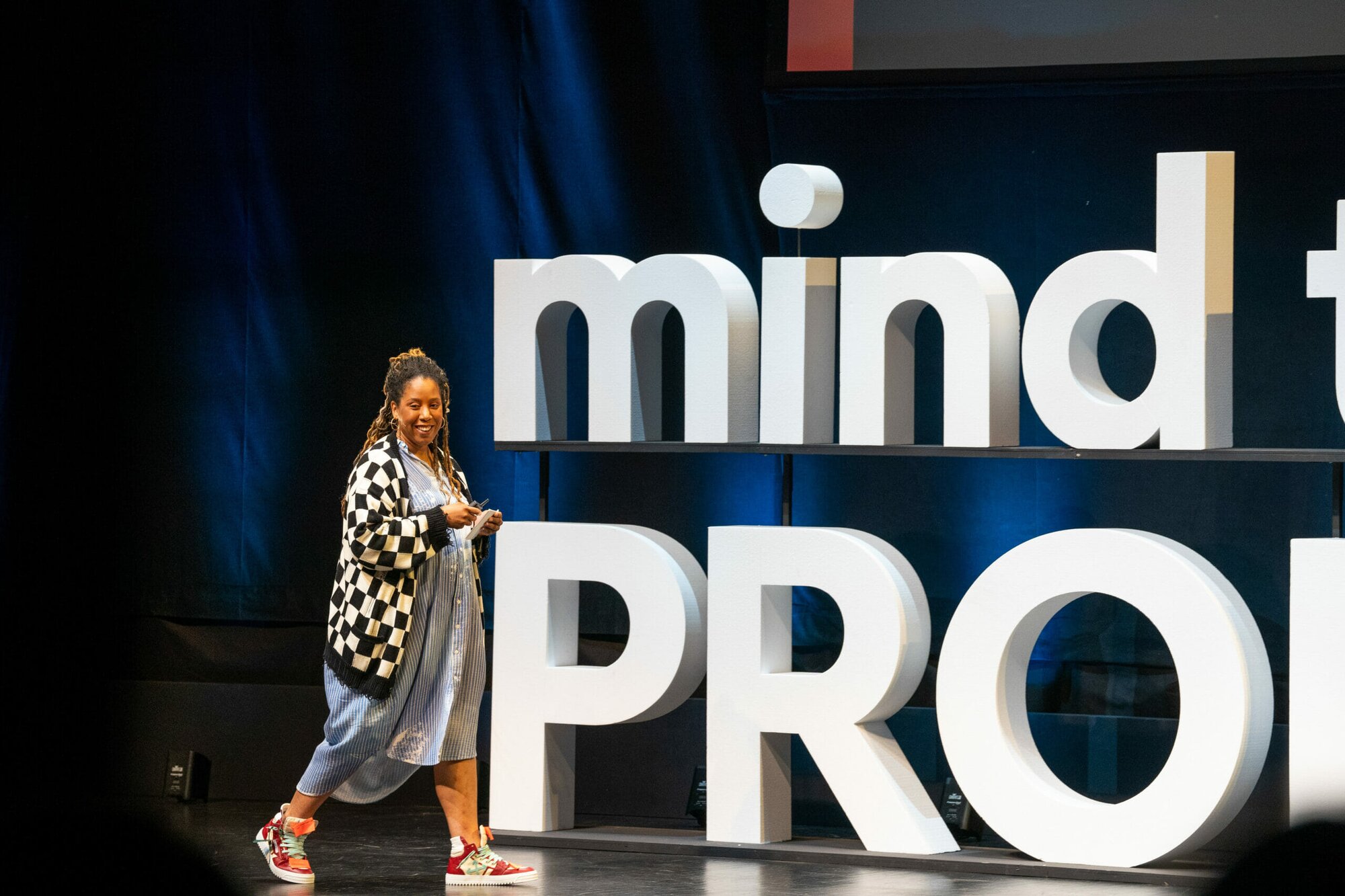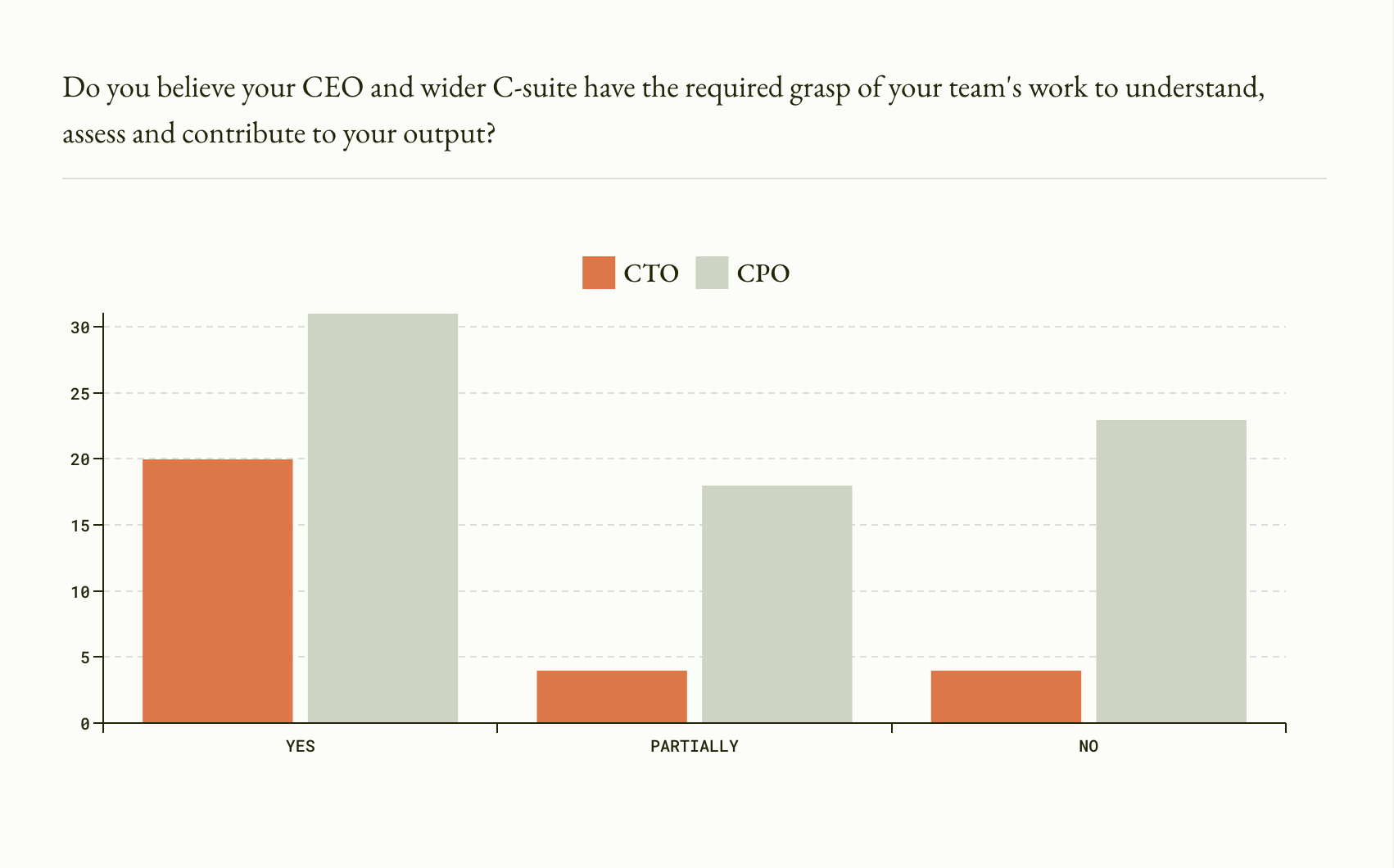From chaos to clarity: Simplifying product strategy with a step by step canvas
This article from Sandra Davey, agile product coach at Organa, highlights the importance of a cohesive product strategy and shares a streamlined, user-friendly step by step canvas suitable for all experience levels.
Sandra makes the case for a clear product strategy, calling it a “cohesive force [that] links the backlog and roadmap to the company’s overarching objectives and contextualises where value is to be created”. She says: “…to help ourselves and our clients not find this process so daunting, we created a Product Strategy canvas and after using it with clients and industry mates, we refined it. Now, we want to share it with the world.” You can see it here.
As Sandra concludes: “In essence, it’s a go-to tool to prompt you through the hard, hard work of strategy. A great product strategy will provide clarity, it’ll be super focused, and that will help you to transform, realign and or link the chaos of your backlog to a comprehensive and collaborative strategy, serving as a singular point of truth for your product journey.”
Read the original post: From chaos to clarity: Simplifying product strategy with a step by step canvas
The product guru complex
In this post Product Leader Becky Yelland argues that it’s time to ditch the dogma and introduce a strong dose of pragmatism if product management is to avoid an existential crisis.
Becky recognises that LinkedIn has evolved into a source of education and support for your career and a marketplace for you to sell your wares. She says it’s been a big contributing factor in the rise of product gurus who, consciously or unconsciously, have begun to focus solely on what content/advice/method best suits their agenda, often prioritising this agenda above the impact their words will have within the product community as a whole. Their doctrines have stayed static, she says, and product people are still questioning their role, and actively having to prove their value to non-product leadership/organisations, in no small part because of the attempted application of the puristic doctrines pushed by product gurus.
Becky summarises the current state as follows:
- Product gurus were needed about 20 years ago to define how we should do it
- We’ve moved on, we understand the doctrine we’ve collectively created.
- Product gurus are STILL promoting puristic frameworks and methodologies.
- Product teams attempt and fail to apply these into their orgs
- The team tries again, maybe with a new framework this time
- Then instead of applying pragmatic reasoning these product teams often jump immediately to the conclusion: “I am doing this all wrong. I am not sure how I can do it right, I am therefore an imposter.”
She concludes: “The product discipline must move beyond having to continually justify its value and existence in an organisation.
All too often product teams are unsupported by leadership not versed in the product discipline, or product leaders land in a role that’s a “poisoned chalice”, finding that their sole focus is to fix how product works with sales, marketing, engineering and the executive suite.
“We need to promote, and promote again:
- Use your common sense
- Build up trust by nurturing good relationships
- Apply any/all advice with a level of contextual pragmatism
- Riff on that, adjust till you get it RIGHT for your team and organisation
- And finally – don’t be afraid to promote the part you had to play in the ensuing success!”
Read the original post: The product guru complex
Organisations starve on a diet of low-hanging fruit
This article, from David Cox, Head of Product at Equal Experts, explains why organisations should shift from pursuing marginal gains towards understanding and addressing product debt, prioritising strategic efficiency over quick wins.
David uses the example of the huge improvements to British Cycling, such that Britain is now by any measure the most successful cycling nation in the world, to debunk the myth of marginal gains. Alongside the cumulative effect of tiny improvements there was a huge injection of capital, and all that this was able to fund.
He argues that unthinkingly prioritising low-hanging fruit, whilst pursuing marginal gains, leads to product debt. He says: “Product debt most commonly occurs when speed and ease over-index as key metrics for an organisation. Quick wins, in the form of small, incremental improvements, become the order of the day.” When product debt grows too large, you can’t pay it down. You can only write it off.
David concludes: “The answer is for Product to articulate ‘fewer, but truer’ business cases that address the most valuable problems in the organisation, regardless of difficulty. And by most valuable, I mean those that will deliver the best Return On Investment (ROI). British Cycling didn’t become successful by making hundreds of 1% improvements. Instead, it invested heavily and sustainedly in the best athletes and equipment, and surrounded that team with a world-class support infrastructure. They chose where to invest by analysing data from potential athletes, then ruthlessly reduced the team down to a handful of the very best riders who could win medals. This is the lesson we should be taking from their story.”
Read the original post: Organisations starve on a diet of low-hanging fruit
Navigating economic uncertainty with OKRs
This post from Malte Scholz, co-founder and CEO of airfocus, outlines the benefits of implementing OKRs during economic uncertainty, the challenges that come with them and how to overcome these with the right tool.
Implementation of OKRs frameworks can bring focus and efficiency to a business, Malte says. They can also deliver alignment, agility, transparency and engagement.
Implementation is challenging and can require a cultural shift and alignment across teams. It’s often accompanied by resistance, because people are reluctant to change.
Read the original article: Navigating economic uncertainty with OKRs
How to obtain product-market fit with AI
Darian Chavira, senior product manager at Rockwell Automation, outlines the power of data science in achieving product-market fit in this post.
Darian runs through how to ensure the collection of quality data and how to choose the right machine learning model. He then runs through an example to illustrate the process.
Read the original article: How to obtain product-market fit with AI
Explore more great product management content by exploring our Content A-Z







